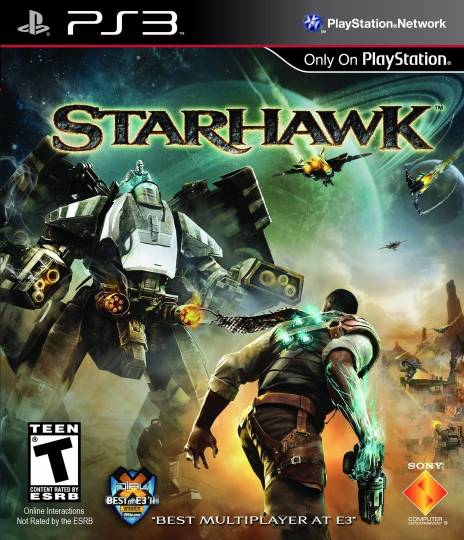 Diagram via LoL Esports
Diagram via LoL Esports
Back in 2011, a friend gently guided me through the steep learning curve of League of Legends, and I’ve been playing it on and off ever since. For about as long, I’ve been casually following the competitive LoL esports scene, especially enjoying the Worlds championship tournament that caps off each year. Worlds 2023 has been particularly great thanks to a big change: Riot Games replaced the traditional “groups” stage with a “Swiss” format stage instead. Examining this change through a game design lens helps reveal why it has been so successful and impactful.











